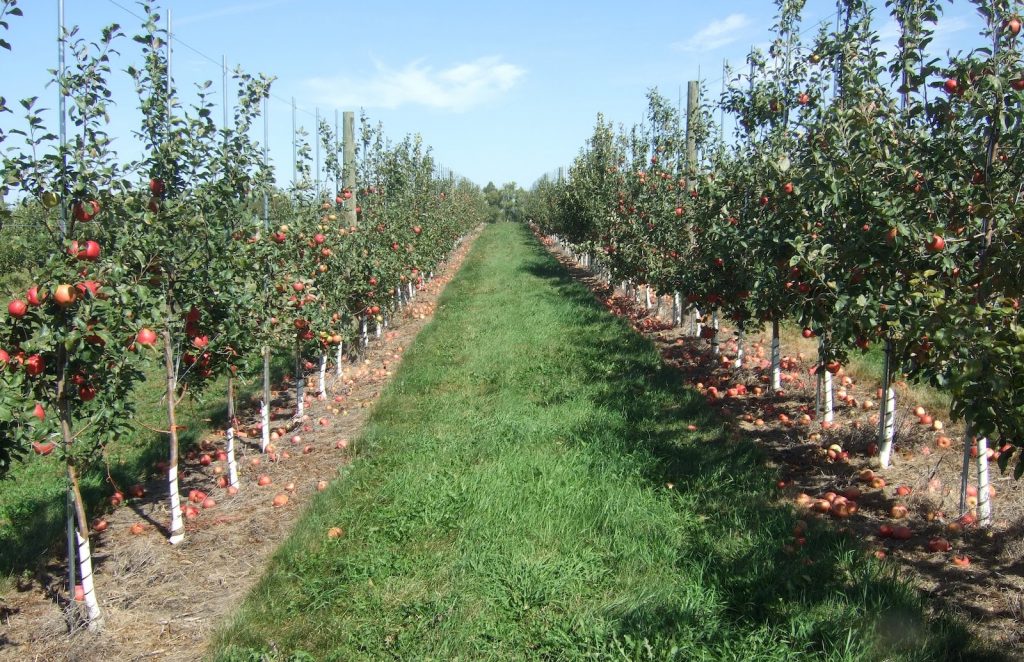Chapter 10: Grafting
Some plants do not produce sufficient seed or lack competency to form adventitious roots by making cuttings, and we are left with grafting as a method of choice for asexual propagation. Grafting is the cloning of a scion or bud onto a rootstock, but adds the possibility of manipulating shoot properties through the choice of rootstock.
Other plants clone themselves naturally and may use special storage organs to help with perenniation. These can develop offsets, pups, and other clonal storage organs. The plant propagator can also induce these tissues to form more propagules. Excellent examples include bulbs, corms, and rhizomes.

Learning objectives
- Understand why plants are grafted or budded and the techniques used for specific outcomes.
- Describe how a graft union heals.
- Compare and contrast how a plant responds to wounding versus healing a graft union.
- Characterize the differences between bulbs and other storage organs.
- Describe techniques for propagating plants with different clonal strategies from storage organs.

